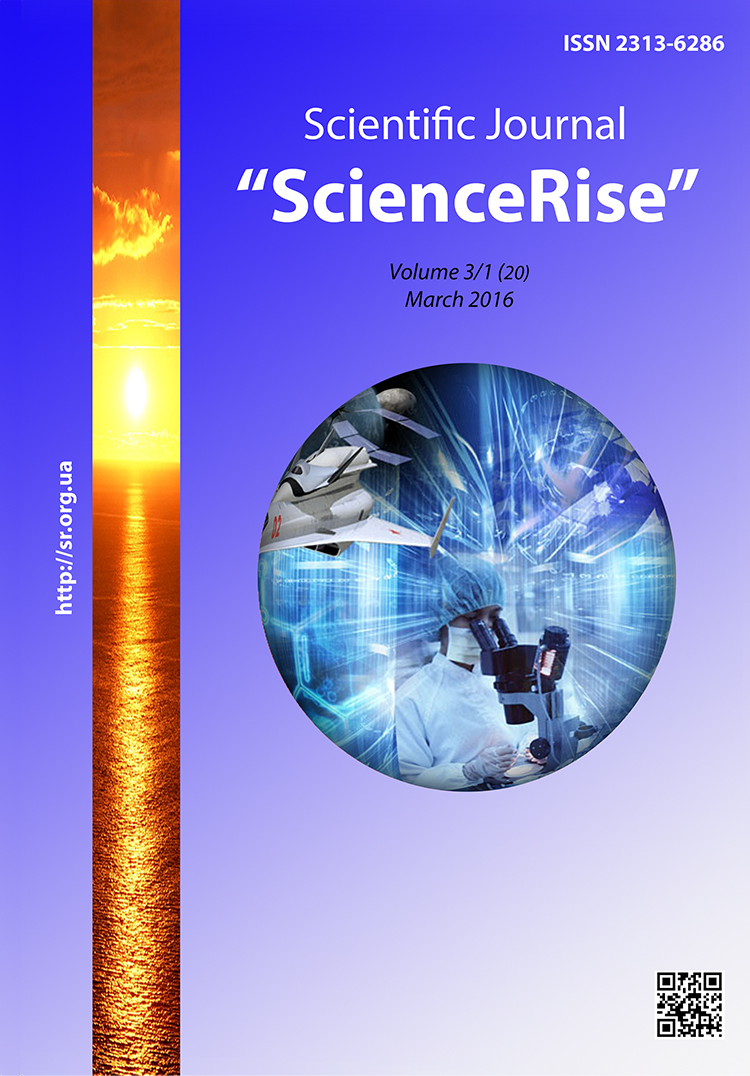Intellectual property marketing mix of university: normative and legal aspect
DOI:
https://doi.org/10.15587/2313-8416.2016.63349Keywords:
intellectual property, marketing mix, university, results of research activitiesAbstract
On the basis of the analysis of scientific and normative source there have been revealed essence, features and regulatory support intellectual property marketing mix of university. There have been discovered intellectual property objects, which are the results of scientific activity of university. There have been researched the components content of the intellectual property marketing mix: product, distribution, price and promotion policy
References
Promyslovavlasnistutsyfrakh. PokaznykydiialnostiDerzhavnoisluzhbyintelektualnoivlasnostiUkrainytaDerzhavnohopidpryiemstva «Ukrainskyiinstytutintelektualnoivlasnosti» za2015 rіk [Industrialpropertyinnumbers. Indicators of the State Intellectual Property Service of Ukraine and the State Enterprise «Ukrainian Institute of Intellectual Property» of 2015year] (2016). Kyiv, 49. Available at: http://uipv.org/i_upload/file/promvlasnist2015.pdf
2. Rubashka, V. P. (2012). Marketing intellektualnoy sobstvennosti [Intellectual property marketing]. Chep. 5. Kharkiv, 77.
3. Poniattia marketynhu intelektualnoi vlasnosti [The concept of marketing intellectual property]. Available at: http://helpiks.org/3-59759.html
4. Tihonenko, T. P., Jasnikov, G. E. (2011). Marketing ob'ektov intellektualnoy sobstvennosti [Marketing of intellectual property]. Economics and management, 3, 91–97.
5. Puhalskaya, А. P. (2014). Osobennosti marketinga intellektualnoy sobstvennosti [Features of marketing intellectual property]. Fundamentals of economics, management and law, 2 (14), 69–73.
6. Muhopad, V. I. (2010). Kommertsializatsiya intellektualnoy sobstvennosti [Commercialization of Intellectual Property]. Moscow: Magistr, INFRА-M, 512.
7. Moiseienko, Iu. V. (2015). Transformatsiia marketynhovoho kompleksu promyslovoi vlasnosti v konteksti evoliutsii svitovoi ekonomiky [The transformation of the marketing mix of industrial property in the context of the evolution of the global economy]. Science and science of science, 1, 44–50.
8. Dev, C. S., Schultz,D. E. (2005).Simply siva. Marketing Management,14 (2), 36–41.
9. Oslo Manual: Guidelines for collecting and analyzing data on innovation (2010). Moscow: OECD.
10. Belyaev, Yu. M. (2007). K voprosu ob organizatsii marketinga intellektualnoy sobstvennosti v Rossii [The question of the organization of intellectual property marketing in Russia]. Innovations, 9 (107), 76–81.
11. Tsyibulev, P. M. (2008). Marketing intellektualnoy sobstvennosti [Intellectual property marketing]. Кyiv: GIIS, 184.
12. Zakon Ukrainy «Pro vyshchu osvitu» vid 01.07.2014 №1556-VII [The Law of Ukraine «High education» from 01.07.2014 № 1556-VII]. Verkhovna Rada of Ukraine. Available at: http://zakon5.rada.gov.ua/laws/show/1556-18
13. Khodakivskyi, Ie. I., Yakobchuk, V. P., Lytvynchuk, I. L. (2014). Intelektualna vlasnist: ekonomiko-pravovi aspekty [Intellectual property: economic and legal aspects]. Kyiv: Center of educational literature, 276.
14. Zakon Ukrainy «Pro derzhavne rehuliuvannia diialnosti u sferi transferu tekhnolohii» vid 14.09.2006 № 143-V [The Law of Ukraine «On state regulation of activities in technology transfer» from 14.09.2006 № 143-V]. Verkhovna Rada of Ukraine. Available at: http://zakon3.rada.gov.ua/laws/show/143-16/print1456172544316116
15. The concept and methodology. National Technology Transfer Network. Available at: http://www.nttn.org.ua/?idm=1&lng=1
Downloads
Published
Issue
Section
License
Copyright (c) 2016 Ірина Євгеніївна Драч

This work is licensed under a Creative Commons Attribution 4.0 International License.
Our journal abides by the Creative Commons CC BY copyright rights and permissions for open access journals.
Authors, who are published in this journal, agree to the following conditions:
1. The authors reserve the right to authorship of the work and pass the first publication right of this work to the journal under the terms of a Creative Commons CC BY, which allows others to freely distribute the published research with the obligatory reference to the authors of the original work and the first publication of the work in this journal.
2. The authors have the right to conclude separate supplement agreements that relate to non-exclusive work distribution in the form in which it has been published by the journal (for example, to upload the work to the online storage of the journal or publish it as part of a monograph), provided that the reference to the first publication of the work in this journal is included.

